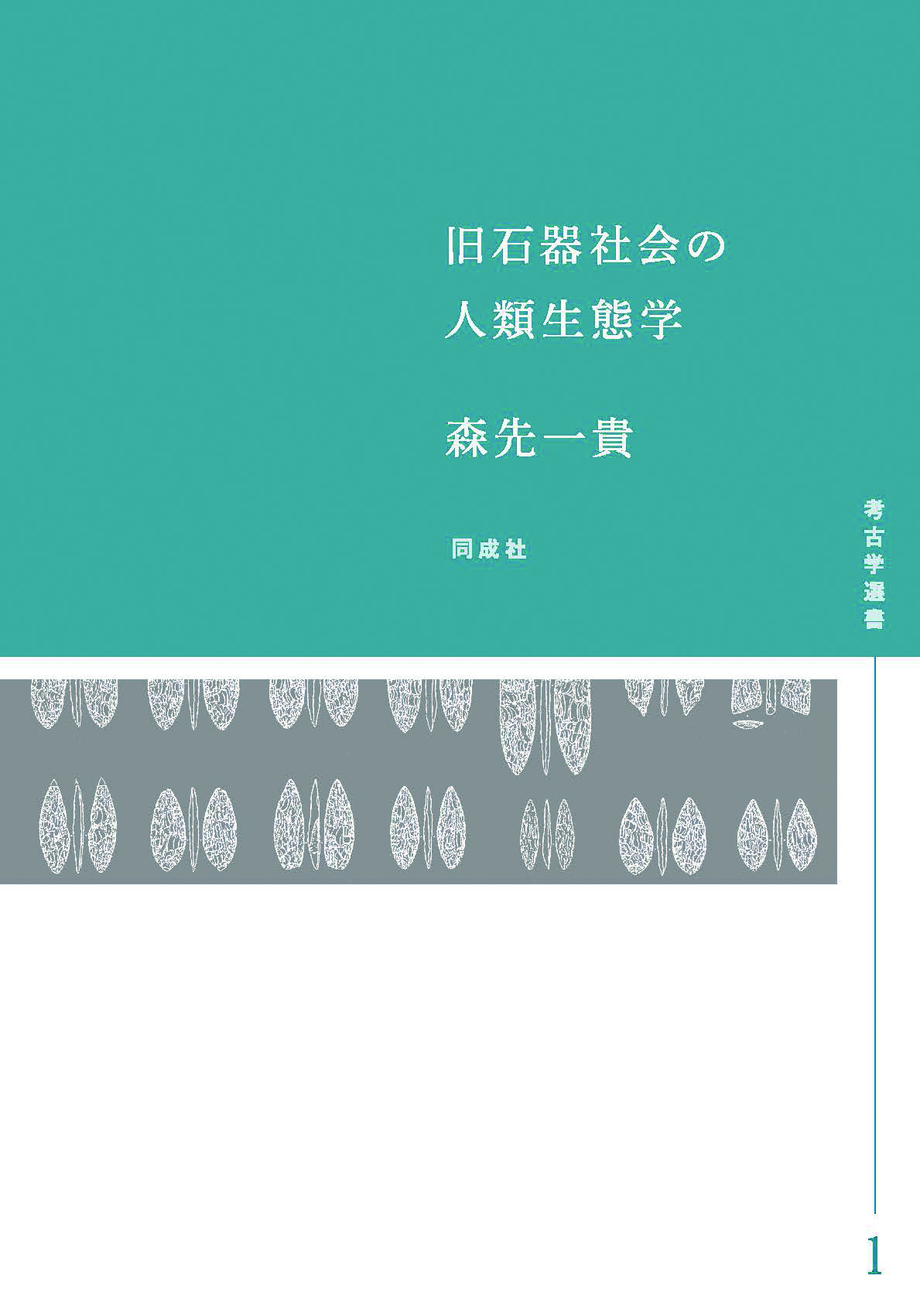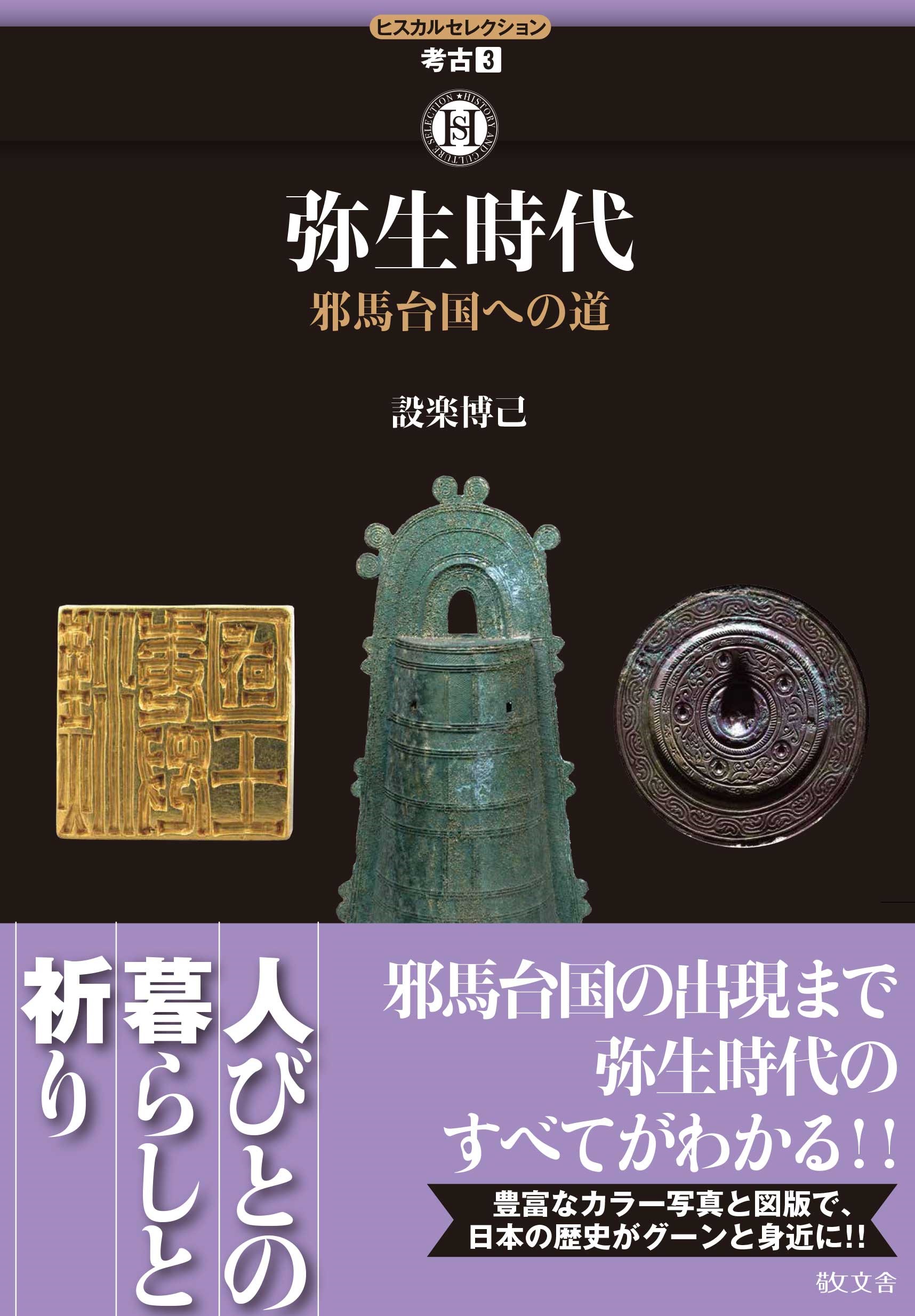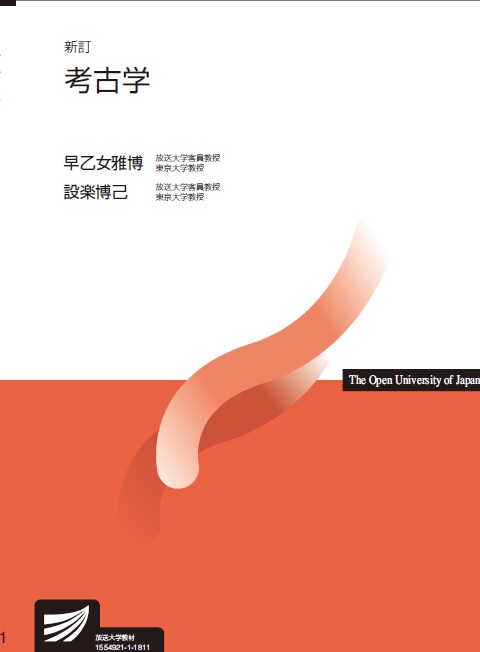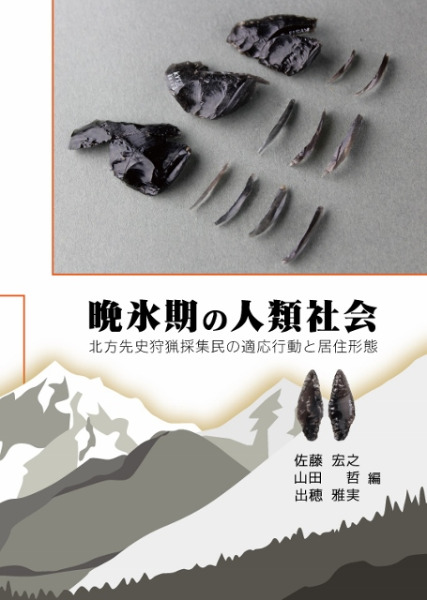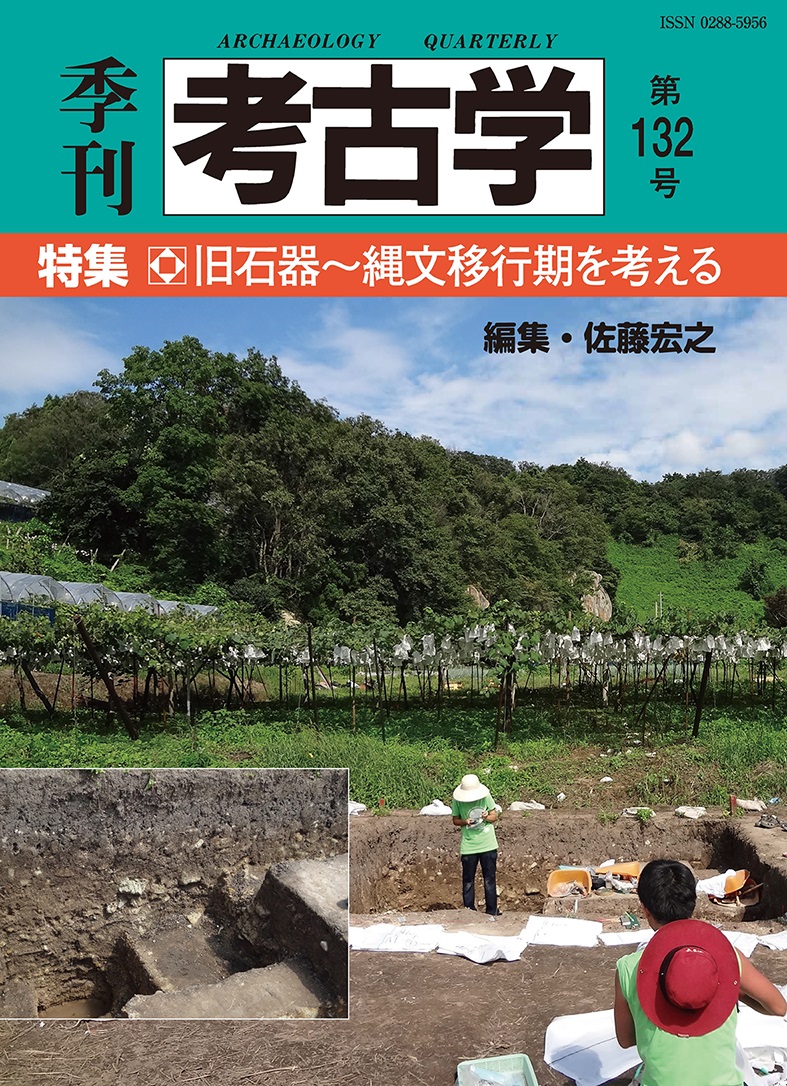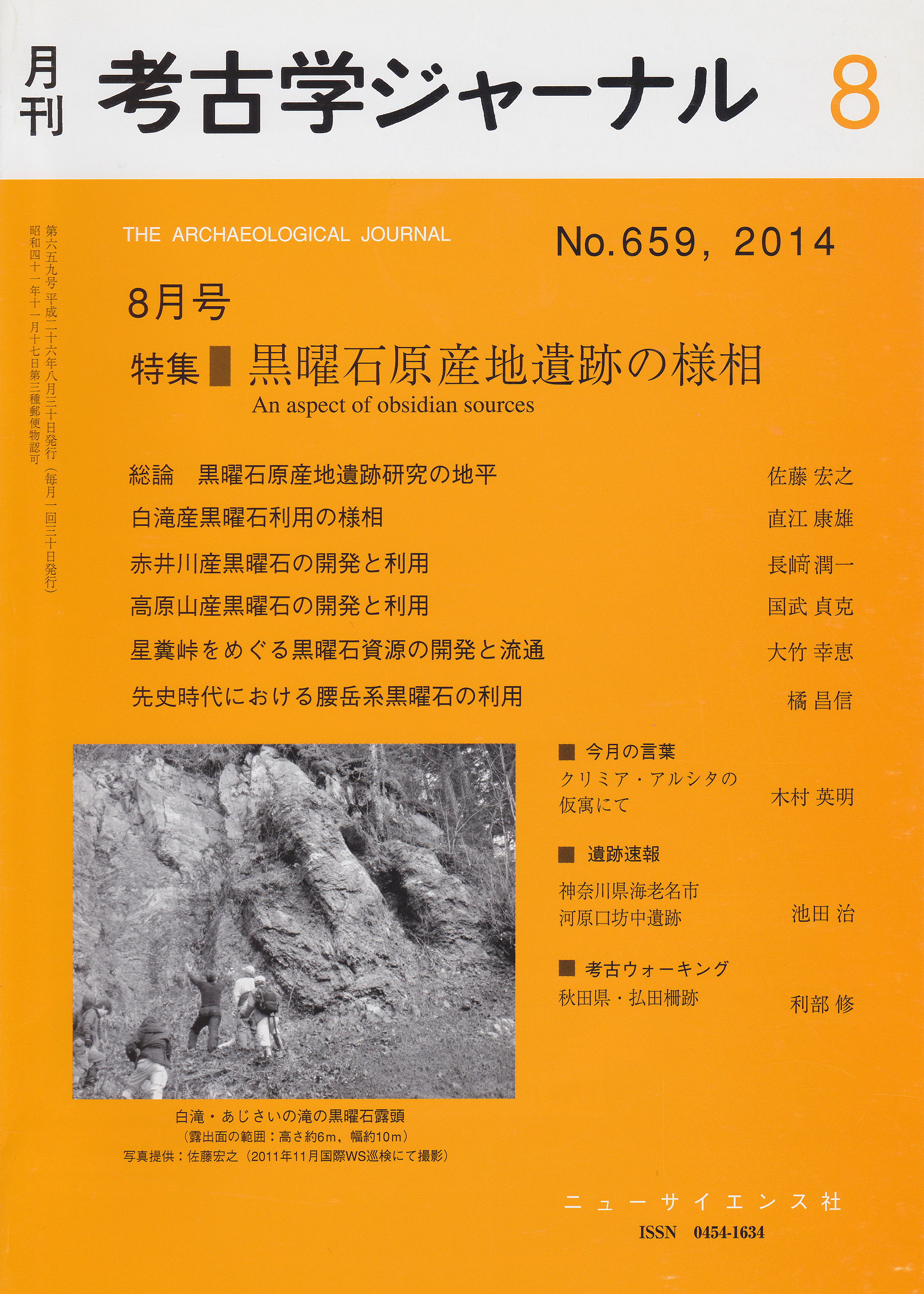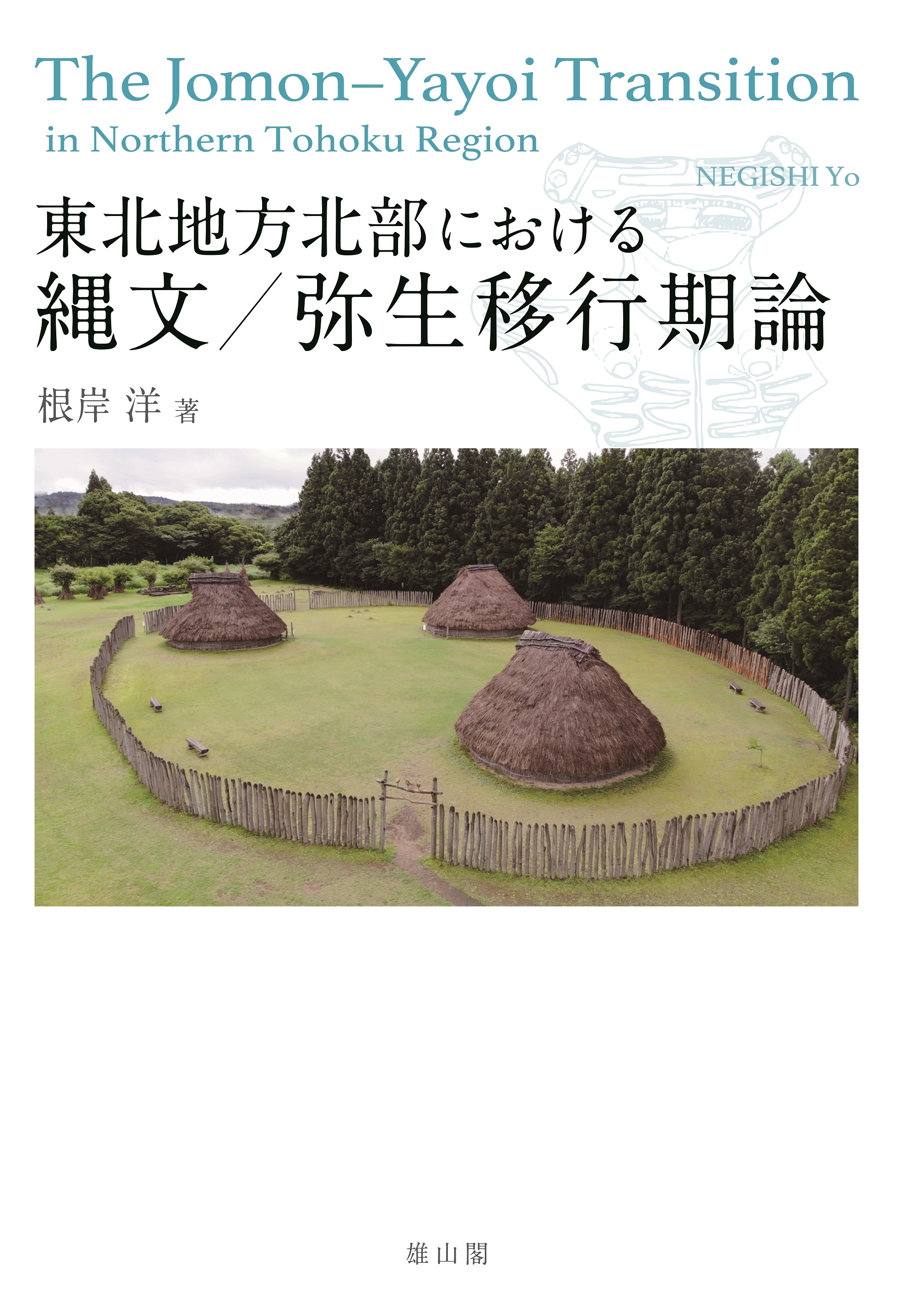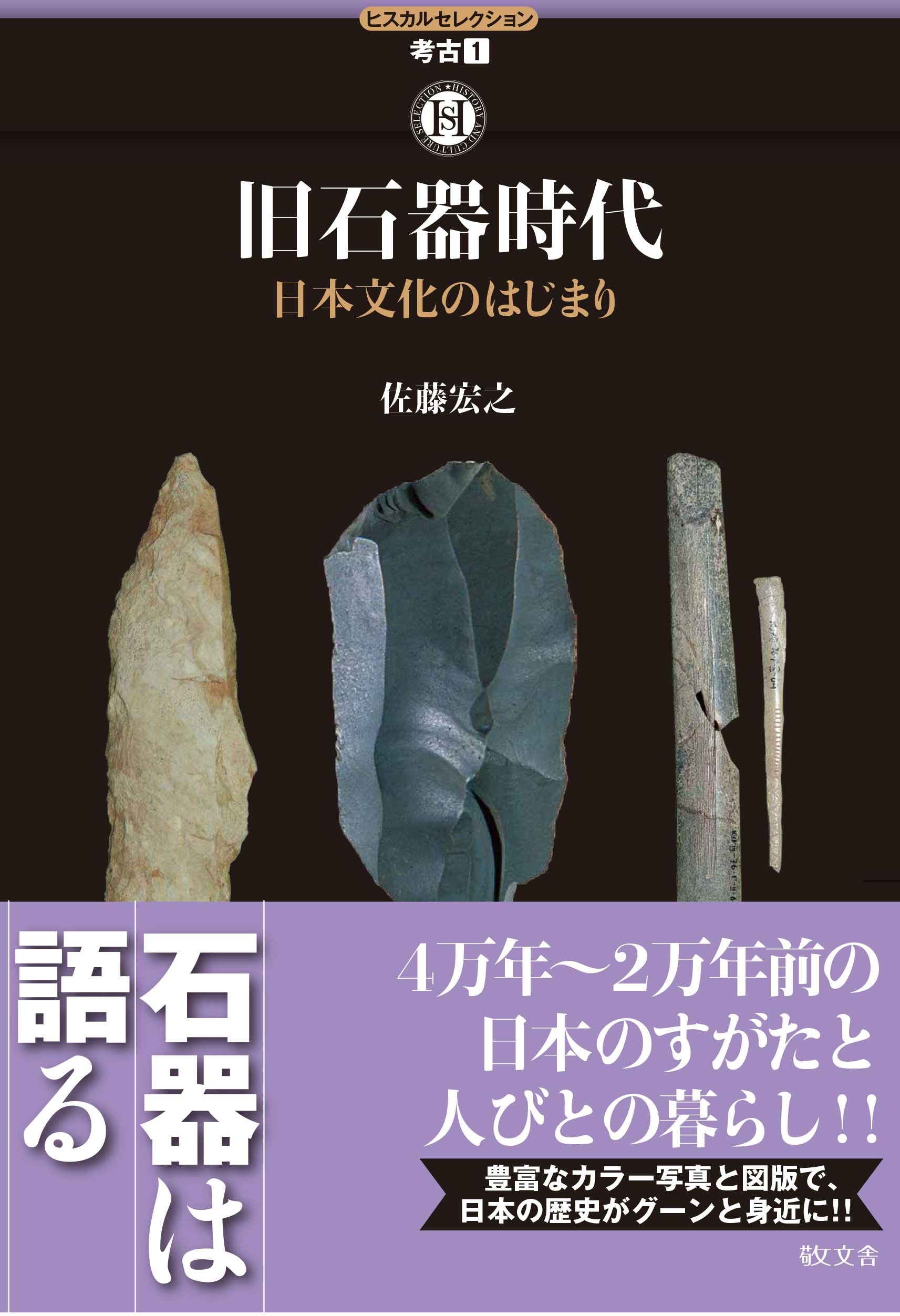
Title
Hiscal Selection No.1 Kyusekki-jidai (Paleolithic - Emergence of Japanese Cultures)
Size
128 pages, A5 format, softcover, full color
Language
Japanese
Released
December 04, 2019
ISBN
9784906822300
Published by
Keibunsha
Book Info
See Book Availability at Library
Japanese Page
This book is a single work that discusses the achievements of Paleolithic research in the Japanese Archipelago based on the latest research results by the author.
Japanese history begins in the Paleolithic era. The number of Upper Paleolithic sites on the Japanese Archipelago (hereafter “Archipelago”) has risen to 14,500, representing the world’s largest number and density; this strongly suggests that for Paleolithic people, it was easier to live on the Archipelago than on the surrounding Continent, which only has a few archaeological sites. In contrast to today’s warm, moist, and stable climate conditions, the climate of the Archipelago at that time was equivalent to that of the glacial age, which was dominated by an unstable cold and dry continental climate with coniferous forests spread out to various areas as the main vegetation. Therefore, except for on the Paleo-Ryukyu Islands, it was difficult to consistently obtain plant foods, and people mainly chose animal hunting for their main subsistence, moving around for a wide range in search of target animals.
While the date of the oldest Paleolithic culture is still under debate, it is clear that it dates back to at least the Upper Paleolithic (38,000–16,000 years ago) when modern humans appeared on the Archipelago and the Paleolithic culture spread throughout the Archipelago.
The Archipelago had consisted of three geographical units due to the large decrease in sea level (140–120 m) caused by the cold climate during the glacial age. First was the Paleo-Hokkaido Peninsula, which was connected to the Continent by land; second was the Paleo-Honshu Island, which was composed of Honshu, Shikoku, and Kyushu islands; and third was the Paleo-Ryukyu Islands, which consisted of islands, although the land area had expanded. While different Paleolithic cultures were formed in each of these three geographical units, and they continued to exist for 20,000 years during the Upper Paleolithic, I think these units areas were the origin of the three later Japanese Cultures that continue until today (“Northern culture,” “Central culture,” and "Southern culture").
Since the Paleo-Hokkaido Peninsula was connected to the Asian Continent, it was strongly influenced by the prehistoric cultures from the continent. In the late Upper Paleolithic, both mammoth fauna and groups that hunted them with microblade technology had moved southward into Paleo-Hokkaido from areas on the continent such as Siberia. The Paleo-Honshu Island, which was one island during the Upper Paleolithic, developed original Paleolithic cultural remains unique to the Archipelago, including the world’s oldest trap-pit hunting, edge-ground stone axes, and circular settlements. Mammoth fauna was not found on Paleo-Honshu Island; instead, the Palaeoloxodon–Sinomegaceroides complex originated in northern China. Therefore, hunting was conducted using hunting equipment consisting of various types of pointed and trapezoidal stone tools. While on the Paleo-Honshu Island, large animals such as elephants and large deer became extinct around 26,000 years ago, the targets of hunting changed to small and medium-sized animals such as wild boars and sika deer. The range of people’s activity decreased and several local groups were born. These local groups became the source of today’s regional communities.
On the other hand, the Paleo-Ryukyu Islands had fauna consisting of small animals without large animals, and the predominant vegetation consisted of deciduous and evergreen broad-leaved trees. Therefore, in addition to hunting, plant food collecting was one type of livelihood. North Ryukyu, which consists of the Nansei Islands, was strongly influenced by the Paleo-Honshu cultural sphere; however, it is characterized by stone tool composition, and the area, in middle Ryukyu around Okinawa Island and South Ryukyu around Sakishima Islands, did not develop hunting equipment. The Paleolithic culture of the Paleo-Ryukyu Islands is considered to have formed the northern tip of Southern prehistoric cultures such as in those found in Southeast Asia.
(Written by SATO Hiroyuki, Professor, Graduate School of Humanities and Sociology / 2020)
Table of Contents
Prologue
- Prehistoric people and natural environments in Paleolithic Japan
Development and usage of food resources
Modern human dispersal into Asia and its three dispersal routes into the Japanese Archipelago
- Formation of cultures in the Japanese Archipelago
Paleolithic culture on the Paleo-Hokkaido peninsula
Paleolithic culture on the Paleo-Honshu island
Paleolithic culture on the Paleo-Ryukyu islands
- Original Paleolithic cultures in the Japanese archipelago
World’s oldest trap-pit hunting
- Society and subsistence
Mobile life
- From the Paleolithic to the Jomon era
Emergence of pottery and the beginning of the Jomon era
Epilogue
Related Info
Interviewer : Yijiang Zhong (Institute for Advanced Studies on Asia) An Interview with Prof. Sato Hiroyuki of Faculty of Letters and Graduate School of Humanities and Sociology, University of Tokyo (Global Japan Studies June16, 2015)
http://gjs.ioc.u-tokyo.ac.jp/en/interviews/post/20150831_sato/
Open mock class:
https://todai.tv/contents-list/2017FY/open-campus-lecture2017/2017-11



 Find a book
Find a book


